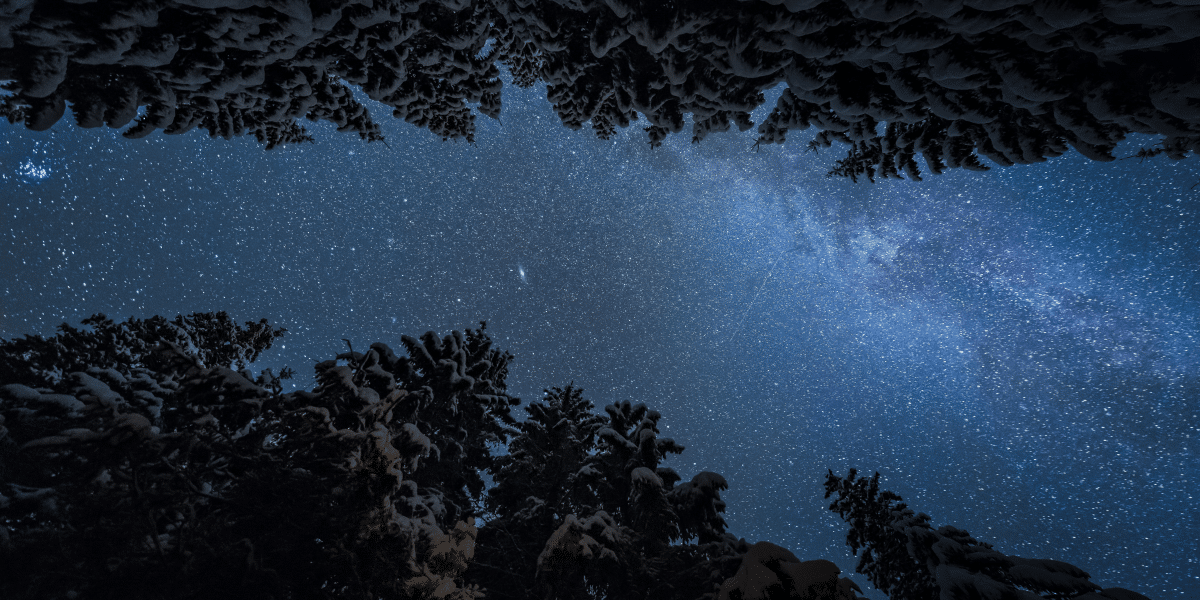For centuries, humans have been captivated by the night sky. Ancient civilizations relied on the stars for navigation, timekeeping, and storytelling. Today, in an age filled with technology and constant illumination, many are rediscovering the peace and wonder found in stargazing. Looking up at the cosmos offers a sense of perspective, reminding us of the vastness of the universe and our small yet special place within it.
Stargazing is more than just a pastime; it’s a way to connect with nature, history, and science. Whether you’re in a remote desert, a national park, or even your backyard, the stars above offer a view that’s as educational as it is awe-inspiring. Let’s explore why stargazing has endured as a beloved activity and how you can make the most of your night-sky adventures.
Preparing for a Night Under the Stars
One key factor in stargazing is location. The best night sky views come from areas with minimal light pollution, where the stars can shine brightly and clearly. Dark-sky parks, rural areas, and high-altitude locations are ideal. In the United States, places like Arizona’s Flagstaff and Utah’s Bryce Canyon National Park are renowned for their stargazing opportunities. Internationally, destinations like the Atacama Desert in Chile and Aoraki Mackenzie in New Zealand attract astronomers and casual stargazers alike for their incredible celestial displays.
For those unable to travel to remote locations, there are still ways to enjoy the night sky closer to home. Many cities now have designated dark-sky areas or astronomy clubs that organize stargazing events in accessible locations. Even suburban backyards can offer a surprising view if you turn off outdoor lights and let your eyes adjust to the dark.
Essential Gear for Stargazing
Stargazing doesn’t require fancy equipment, but a few essentials can enhance the experience. First, consider investing in a pair of binoculars to offer a closer look at lunar craters, star clusters, and even some planets. A telescope opens a new world for more severe enthusiasts, revealing details on planets like Saturn and Jupiter and distant celestial bodies like galaxies.
Recognizing Constellations and Planets
Learning to identify constellations can make stargazing more engaging. Start with some of the most recognizable constellations like Orion, the Big Dipper, and Cassiopeia. Each season brings different constellations, so there’s always something new. The Summer Triangle, composed of the stars Vega, Altair, and Deneb, takes center stage in the summer months. In winter, Orion’s Belt and the Pleiades cluster are standout features.
Special Events: Meteor Showers and Eclipses
Some of the most magical stargazing moments come during celestial events like meteor showers and lunar eclipses. The Perseids in August and the Geminids in December are two of the most active meteor showers, often producing dozens of visible meteors per hour. Watching a meteor shower under a clear, dark sky can be a breathtaking experience, with “shooting stars” lighting up the sky at unpredictable moments.
Eclipses, both lunar and solar, also draw stargazers of all levels. A total lunar eclipse, or “blood moon,” occurs when Earth’s shadow completely covers the moon, giving it a reddish hue. Solar eclipses, while more challenging to view safely, are equally spectacular. Both events remind us of our solar system’s constant, mesmerizing movement.
Stargazing as a Meditative Experience
Stargazing offers a rare opportunity for calm and reflection in today’s fast-paced world. Lying back and watching the stars can be profoundly relaxing, encouraging mindfulness and a break from digital distractions. Many people find that stargazing helps them feel more connected to nature and fosters a sense of wonder and curiosity.
Inspiring the Next Generation: Stargazing with Kids
Introducing children to stargazing can spark a lifelong interest in science and nature. Kids are naturally curious, and the night sky is a perfect imagination canvas. Pointing out constellations, telling stories of Greek mythology, or identifying planets can make stargazing a fun and educational family activity. A simple telescope or binoculars can make stargazing more interactive, allowing children to see the moon’s craters and get excited about discovering the universe.
Getting Started: Tips for Your First Stargazing Adventure
If you’re new to stargazing, pick a night with clear weather and a location away from city lights. Allow your eyes about 20 minutes to adjust to the darkness, and avoid using bright lights or your phone screen during your viewing session. Bring a blanket or reclining chair for comfort, as stargazing is best enjoyed while relaxing.
The Universe Awaits: Discovering the Joy of Stargazing
Stargazing invites us to pause, look up, and consider the mysteries of the universe. In a world filled with technology and constant activity, the night sky offers a timeless retreat where we can reconnect with nature, history, and ourselves. No matter where you are, the stars above always await exploration. So grab a blanket, find a quiet spot, and let the magic of stargazing remind you of the beauty and wonder beyond our world.
Published by: Martin De Juan








